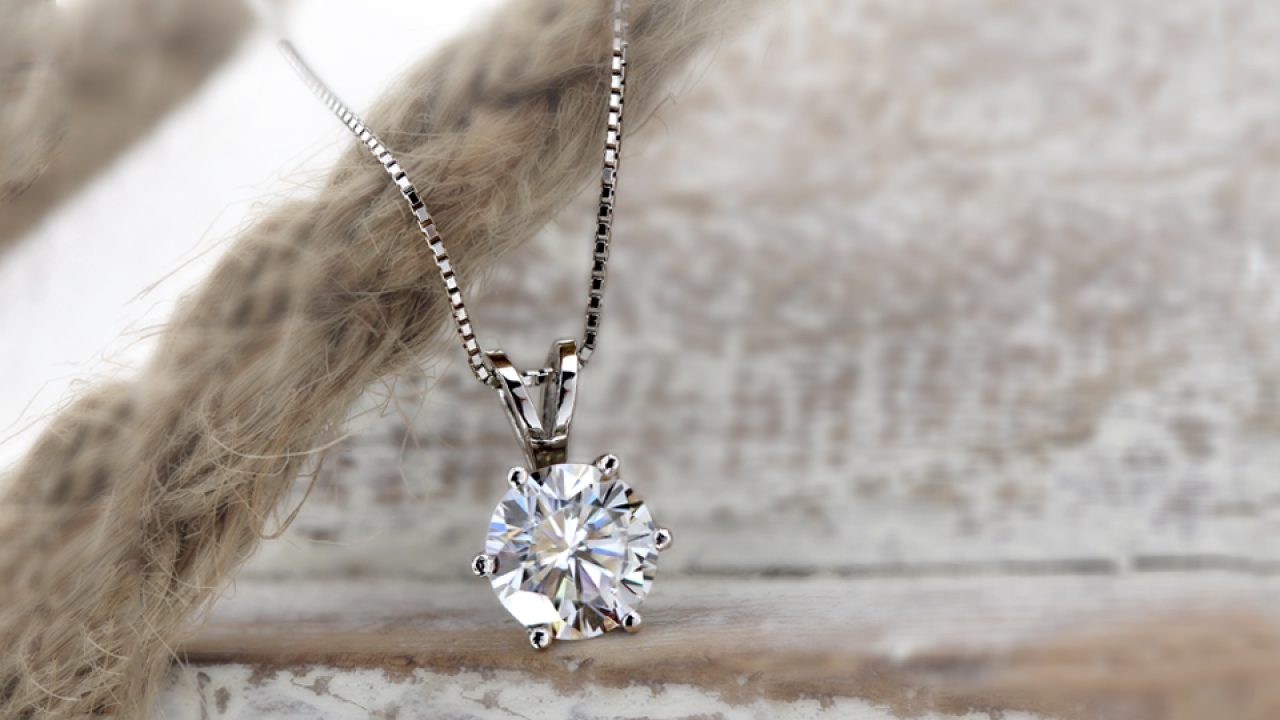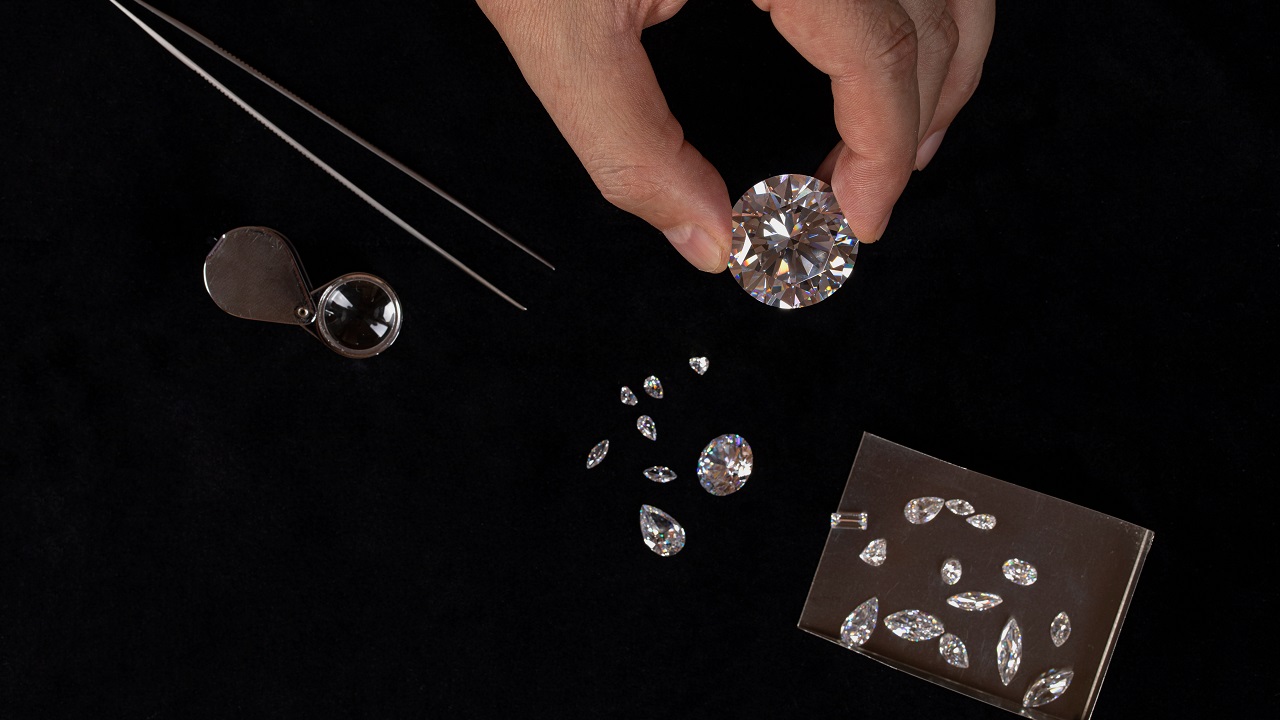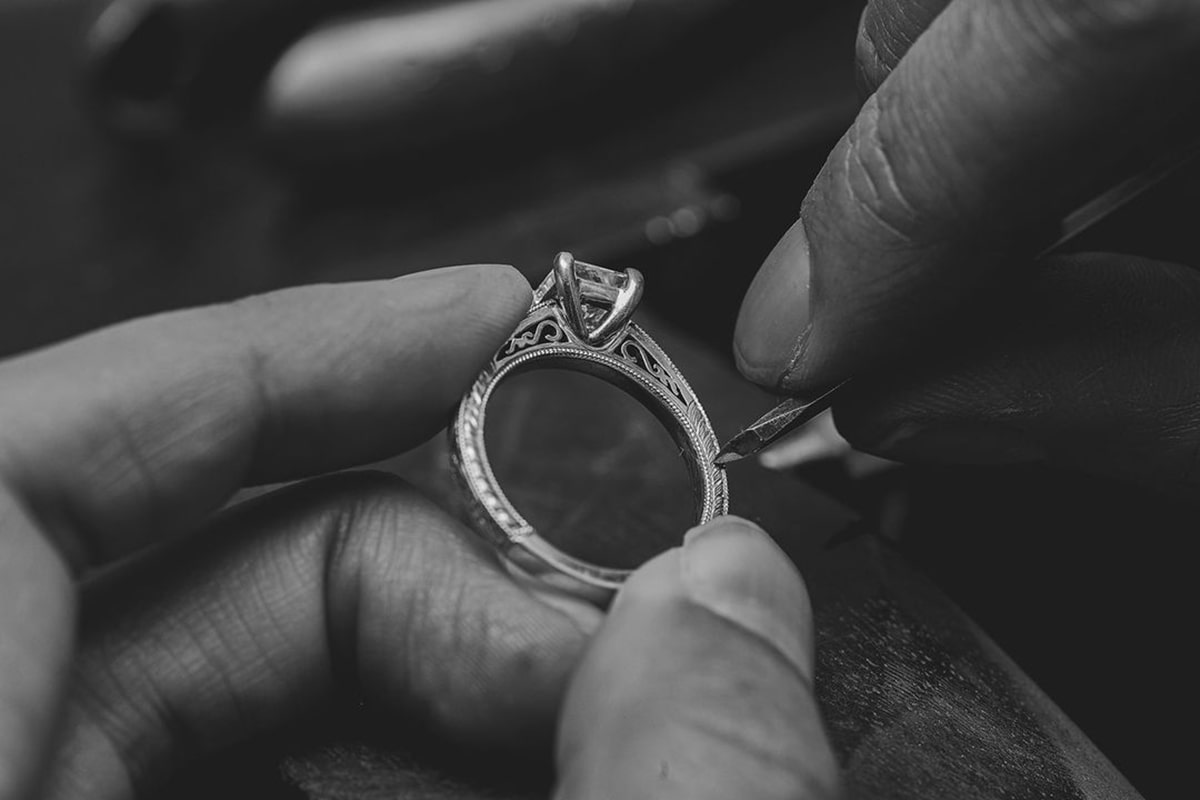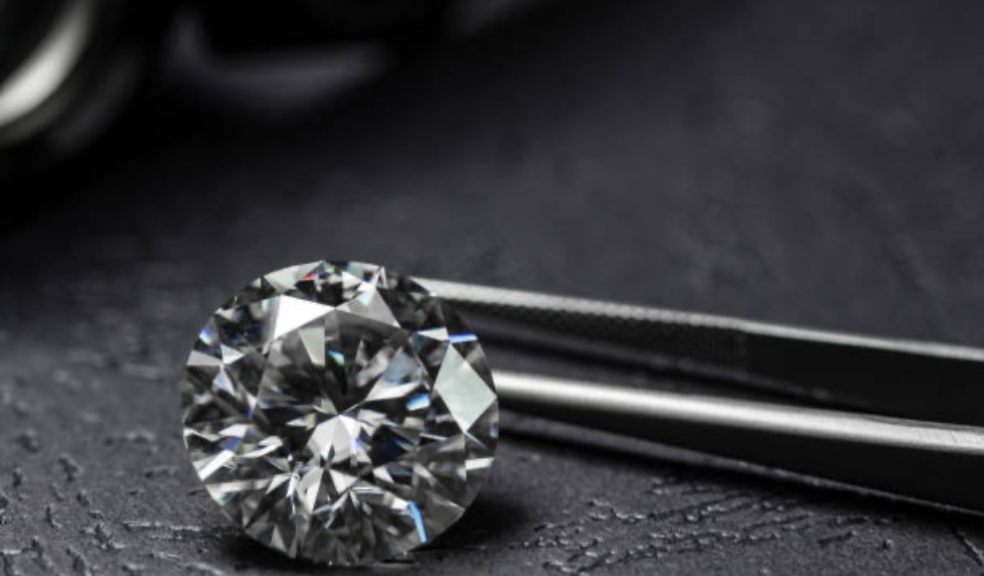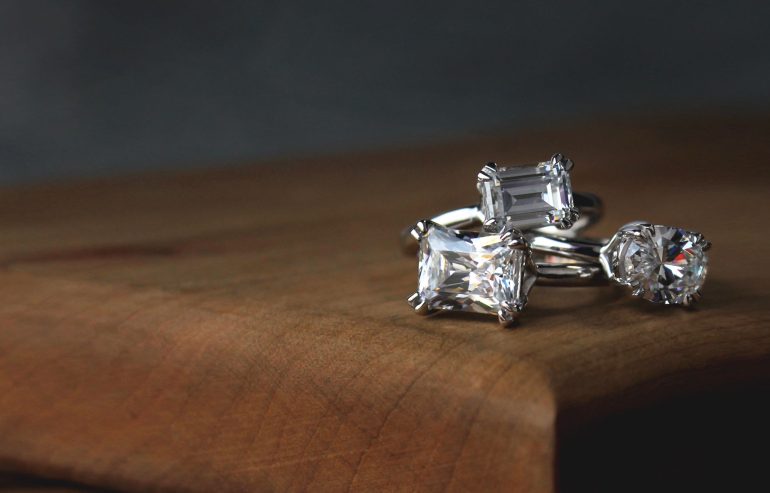
Lab-Created Diamonds: A Step Towards Ethical and Sustainable Luxury
In recent years, the jewelry industry has seen a significant shift towards ethical and sustainable practices. One of the most notable innovations in this movement is the rise of lab-created diamonds—diamonds that are produced in laboratories rather than mined from the earth. These diamonds are gaining popularity not only because of their beauty and affordability but also due to their reduced environmental impact and ethical considerations.
What Are Lab-Created Diamonds?
Lab-created diamonds, also known as diamantes éticos de laboratorio, man-made diamonds, or ethical diamonds, are real diamonds that are formed through a process that mimics the natural conditions under which diamonds are created in the Earth’s crust. While traditional diamonds are formed deep beneath the Earth’s surface under extreme heat and pressure, lab-created diamonds are made using two primary methods: High Pressure High Temperature (HPHT) and Chemical Vapor Deposition (CVD).
- High Pressure High Temperature (HPHT): This process replicates the natural conditions by applying both heat and pressure to carbon, causing it to crystallize into diamond form.
- Chemical Vapor Deposition (CVD): In this method, a carbon-rich gas is heated until it breaks down, and the carbon atoms bond together to form diamond crystals, which are then carefully grown on a substrate.
Both methods produce diamonds that are chemically, physically, and optically identical to natural diamonds. In fact, it can be nearly impossible to tell the difference between a lab-created diamond and a mined one without specialized equipment.
The Ethics of Lab-Created Diamonds
One of the primary reasons consumers are turning to lab-created diamonds is the growing concern over the ethical implications of traditional diamond mining. For years, the diamond industry has been associated with various human rights abuses, including exploitative labor practices, child labor, and funding armed conflict—especially in war-torn regions of Africa, often referred to as “conflict diamonds” or “blood diamonds”.
Lab-created diamonds offer a solution to this issue by eliminating the need for mining altogether. Since these diamonds are produced in controlled, ethical environments, they are free from the ethical dilemmas that often accompany mined diamonds. Consumers can purchase them with the peace of mind that their jewelry does not contribute to harmful practices or human suffering.
Environmental Benefits of Lab-Created Diamonds
In addition to their ethical advantages, lab-created diamonds are also much more environmentally friendly compared to mined diamonds. Diamond mining is a resource-intensive process that requires vast amounts of energy and water, and it often leads to deforestation, habitat destruction, and the pollution of surrounding ecosystems. Large-scale mining operations also generate significant carbon emissions, further contributing to climate change.
By contrast, the production of lab-created diamonds typically results in a smaller carbon footprint. While the energy used in lab-grown diamond creation is not entirely without environmental impact, many companies are increasingly using renewable energy sources to power their operations. This makes lab-created diamonds a more sustainable choice for consumers who want to minimize their environmental impact.
Affordability and Accessibility
Lab created diamonds are also generally more affordable than their mined counterparts. This is primarily due to the reduced costs of production, which do not involve the extensive labor and infrastructure needed for traditional diamond mining. As a result, consumers can purchase larger or higher-quality diamonds for a lower price, allowing for more options in terms of size, cut, and clarity.
Moreover, the rise of lab-created diamonds has made high-quality diamonds more accessible to a broader range of people. In an era where consumers are increasingly conscious of their purchasing choices, the accessibility of ethical, beautiful, and affordable diamonds has revolutionized the jewelry market.
The Future of Lab-Created Diamonds
The future of lab-created diamonds looks promising. As technology advances, the processes for creating these diamonds continue to improve, making them more cost-effective and sustainable. Leading diamond manufacturers are refining their methods to create diamonds that are even more indistinguishable from natural ones, while also increasing their efforts in promoting transparency and traceability in the supply chain.
Lab-created diamonds are also gaining traction in other industries, such as the electronics and technology sectors, where diamonds are used for their thermal conductivity and other high-performance properties. As the demand for sustainable and ethical materials continues to grow, lab-created diamonds will likely play an increasingly important role in a wide variety of fields.
Conclusion
Lab-created diamonds are not just a passing trend; they represent a major shift in the diamond industry towards ethical and sustainable practices. By offering an alternative to mined diamonds, they address significant concerns related to human rights, environmental sustainability, and economic accessibility. With their stunning beauty, ethical origins, and growing popularity, lab-created diamonds are redefining luxury for the modern, conscientious consumer. Whether you’re seeking an engagement ring or a piece of fine jewelry, choosing a lab-created diamond is a step toward a more ethical and sustainable future for both people and the planet.




